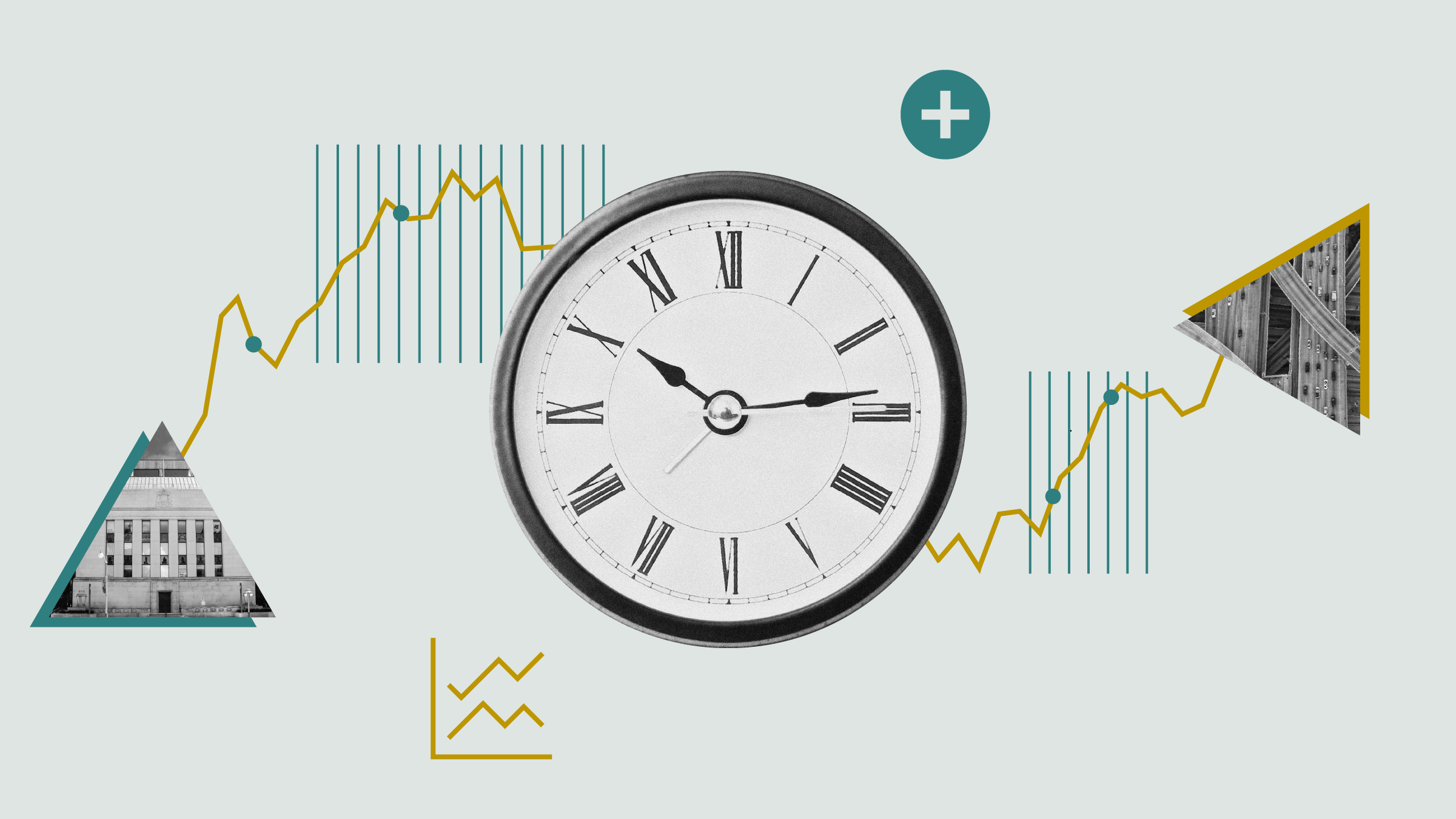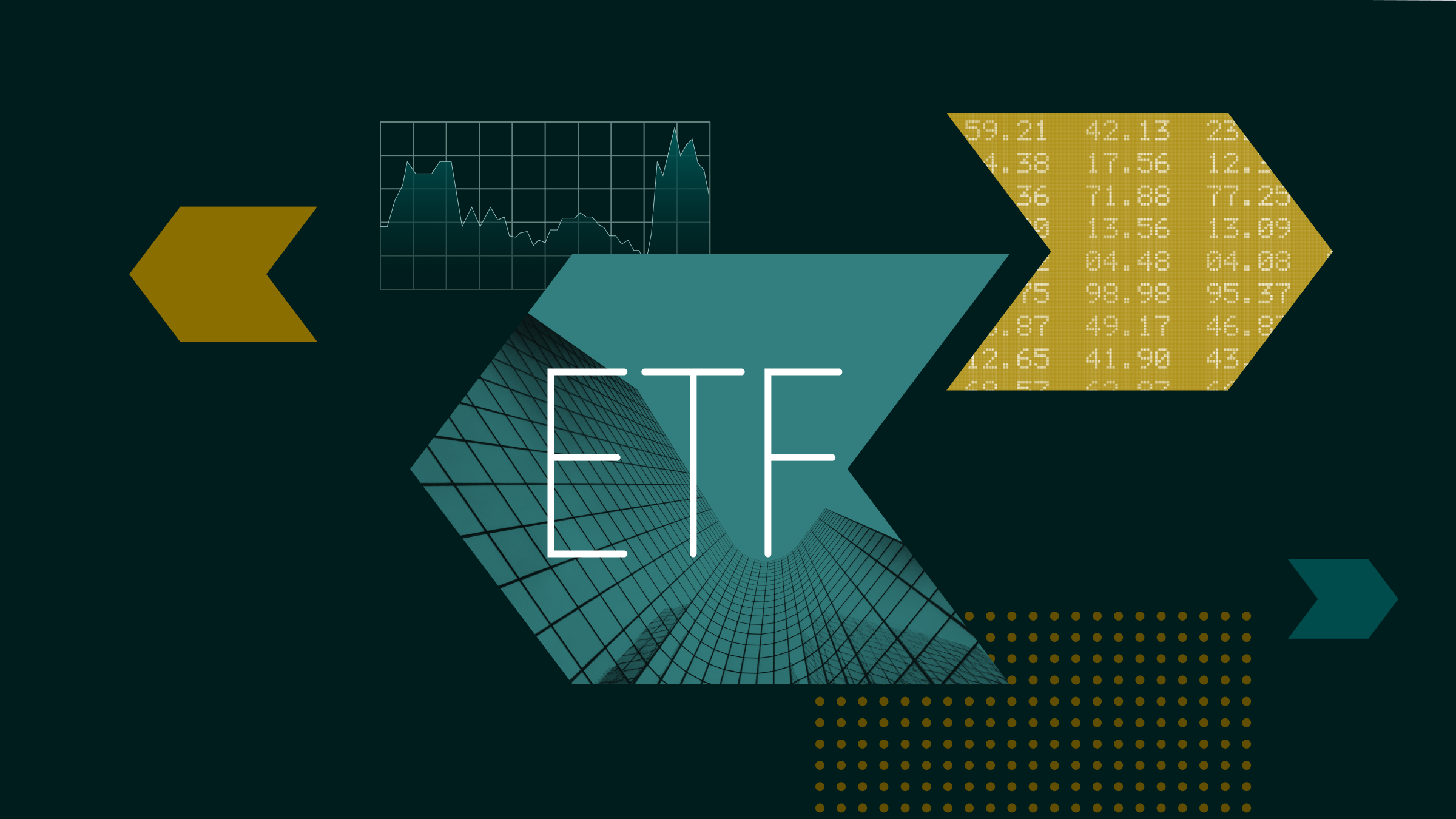Editor's note: In today's second installment of Morningstar's exclusive roundtable on European equities, our panel of managers compare and contrast the outlook for various markets including those of Europe, and discuss the role of European stocks in their global portfolios.
Our panellists:
Chuk Wong, vice-president and portfolio manager at GCIC Ltd.
Paul Musson, senior vice-president and head of the Ivy team at Mackenzie Investments.
Peter Moeschter, executive vice-president, Franklin Templeton Investments.
The discussion was moderated by Morningstar columnist Sonita Horvitch, whose three-part series began on Monday and concludes on Friday.
Q: To help provide some perspective on European equities, can we have a brief discussion on how Asia fits into your assessment of the global economy's health?
Wong: I will start with Japan, a major player. Prime Minister Shinzo Abe's three ideas, what he calls "arrows," aimed at reviving the economy, are key. The first arrow is the fiscal stimulus, the second is boosting the easy monetary policy and the third is restructuring the economy and corporate sector. The first two arrows have been shot and have started to produce an economic turnaround.
Q: Chuk, at the end of July, Japan was the biggest country weight in your Dynamic EAFE (Europe, Australia and the Far East) Value Class at 16% and 10% in Dynamic Global Value.
Wong: At the end of the day, it's about stock selection. Japan is a difficult story and has to be monitored. Abe's third arrow is the core. It's going to address Japan's fundamental challenges. The economy is more rigid than western developed economies.
Musson: At the end of July, we had 0.6% in Japan in Mackenzie Ivy Foreign Equity, our global fund.
Moeschter: We have less than 10% in Japan in our international funds and some 6% in the global funds. We have found some ideas there, but they have run. It's not an area we have been adding to recently.
Musson: Abe's first two arrows, including doubling Japan's money supply in two years, smack of desperation. Undertaking more government spending when there is already a high fiscal deficit and high debt load, is certainly a bold act.
 |
|
 |
|
| Paul Musson | |
 |
|
 |
|
 |
Q: Before we return to Europe, a brief assessment of China and other emerging economies?
Wong: The largest economy in the emerging world is China. The market seems to have extreme views on China. Some are calling for a total collapse of the economy and some are optimistic. The reality is somewhere in between. The economy, after 18 months of slowing down, is showing signs of turning around.
In the last six to nine months, China's new leaders have been consolidating their power and when they are confident enough, they will start to implement more aggressive reforms. It's hard to generalize about the rest of the emerging economies, but those that run twin deficits, like India, are vulnerable. The pessimism about the emerging markets is becoming extreme. In the next several months, some of these hard hit markets will become attractive.Q: Time to talk about the performance of the European equity market in the context of the global equity market, looking only at developed markets.
Moeschter: For the 12 months to the end of August, the MSCI Europe Index (which represents large and mid-caps in 16 developed European equity markets) had a total return in Canadian dollars of 28.3% versus 26.5% for the MSCI World Index. Looking at MSCI national indices, the United States had a total return of 27.3%. Canada was one of the worst performers with a total return of 9.9%.
Within Europe, the UK had a total return of 21.3%. Germany's total return for the 12 months to the end of August was 31.8% and France's was 33.5%. Spain had a total return of 28.8% and Portugal 32.5%. The big surprise of the year was Greece. It produced a total return of 53%. As discussed, this strength reflects investors' anticipation of things getting better in Europe, the hope, rather than delivery on the numbers.
Q: Performance over the past five years to the end of August?
Moeschter: Europe had a total return of 1.8% in Canadian dollars. The world index had a total return of 4.6%, led by the United States with a total return of 7.3%. Over five years, Canada was almost flat at 0.7%.
 |
|
 |
|
| Peter Moeschter | |
 |
|
 |
|
 |
Q: With such a strong performance by the MSCI Europe Index over the last year, is the party over?
Wong: No. Europe is two years behind the United States in terms of restructuring, dealing with its problematic banking system and growth in corporate profits. European corporate profits are still 20% to 25% below their peak in 2007, whereas U.S. profits are 20% higher than their 2007 peak. European corporate profits can catch up. Corporate Europe has, over time, done a good job managing cost structures and expanding profit margins and, at the same time, de-leveraging balance sheets. This is not fully discounted in the share prices. A well-recognized long-term measure of valuation of a stock market as a whole, based on price-earnings ratios, shows that European stocks are trading near a 40-year low against U.S. stocks. This is the "Shiller" P/E ratio, defined as the ratio of the stock price to the inflation-adjusted 10-year average earnings per share.
Moeschter: The European equity market has rallied strongly in the past year in anticipation of things getting better. If we don't see tangible evidence of earnings improvement, there is a near-term risk that stocks could weaken. We look out three or five years and, as discussed, European corporate earnings are still below peak levels, so there is huge potential for them to grow. This would drive the equity market forward. It's not too late to get into the market.
It's hard to assess current European price-earnings valuations, as in many cases the earnings are so depressed. For example, Spain is trading at a price-earnings multiple of 26 times. But Spain's corporate earnings are so depressed that this is a misleading near-term number.
If you look at price to book value, Spanish companies, for example, are trading at just over their book value. The United States is now trading at 2.4 times book value, whereas developed Europe is trading at 1.6 times book value. There are some individual European companies that have compelling valuations.
Musson: The cash holding in Mackenzie Ivy European Equity Class, at 21.5% at the end of July 2013, is higher than normal. We are very stock-specific. Our European fund has 17 or 18 companies in it. We target high-quality businesses.
 |
|
 |
|
| Chuk Wong | |
 |
|
 |
|
 |
Last year, their valuations were reasonable, though not great. Over the year to Aug. 31, 2013, the consumer discretionary sector of MSCI Europe had a total return of 41.7% and consumer staples 21.2%. These consumer-related businesses have not grown that fast. The share prices have gone up on hope, rather than on tangible results. (These two sectors represented some 50% of Mackenzie Ivy European Class at the end of July.)
There is a difference between earnings growth and sales growth. Cutting costs, as a growth tool, is finite. You need sales growth. European earnings are not bad, but sales within Europe are not good. Most of our companies are large-cap multinationals, but their sales in Europe are either flat or down. Two of the companies that we did find in Europe were mid-caps. We take a 10-year view. Assuming slow global growth, the businesses that we target in defensive areas such as consumer staples and health care and in high-quality industrials tend to be expensive. This is not only the case for companies based in Europe, but also applies to those based anywhere in the world.
Photos: paullawrencephotography.com















